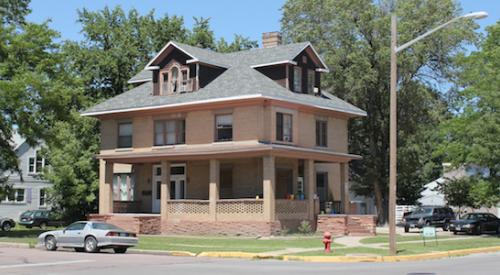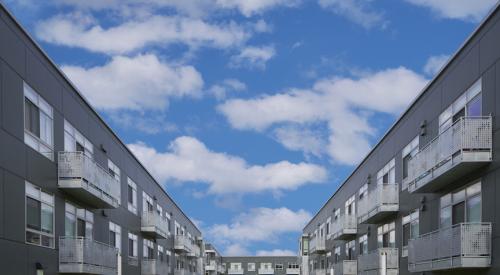As cities evolve, so do their real estate markets. A new study evaluates median sale price changes in the decade starting with the Great Recession in 2008, to 2018.
The research tackles 34 of the largest cities in the U.S., as well as New York's bustling Manhattan and Brooklyn, comparing median sale prices to that of their downtown areas, to discern how much more expensive (or not) it is to live in urban cores. Property Shark finds that in Charlotte, N.C., Manhattan, and San Francisco, downtown median sale prices over the decade have increased, pushed up by downtown revitalization and redevelopment projects in that time.
In Charlotte, for example, the downtown median sale price grew from $160,250 more expensive than other city areas in 2008, to $281,000 in 2018. Meanwhile, in Denver and Minneapolis, the price difference between the city and downtown area is closing.
From a city’s economic engine to the center of political and administrative power. From cultural heart and nightlife hotspot to dilapidated buildings and high crime rates. From opulent penthouse suites to derelict homes. The downtowns of American cities, both big and small, have always been dynamic places that shifted with the times.
From the early days when a city center held the majority of a city’s dwelling units, its primary markets, as well as civic functions such as trials and even an occasional public execution, to the shift towards urban cores of office complexes, full of life during the day, but empty at night, from the white flight to suburbs of decades past, to the current downtown gentrification, the role and importance of downtowns has ebbed and flowed through time.













